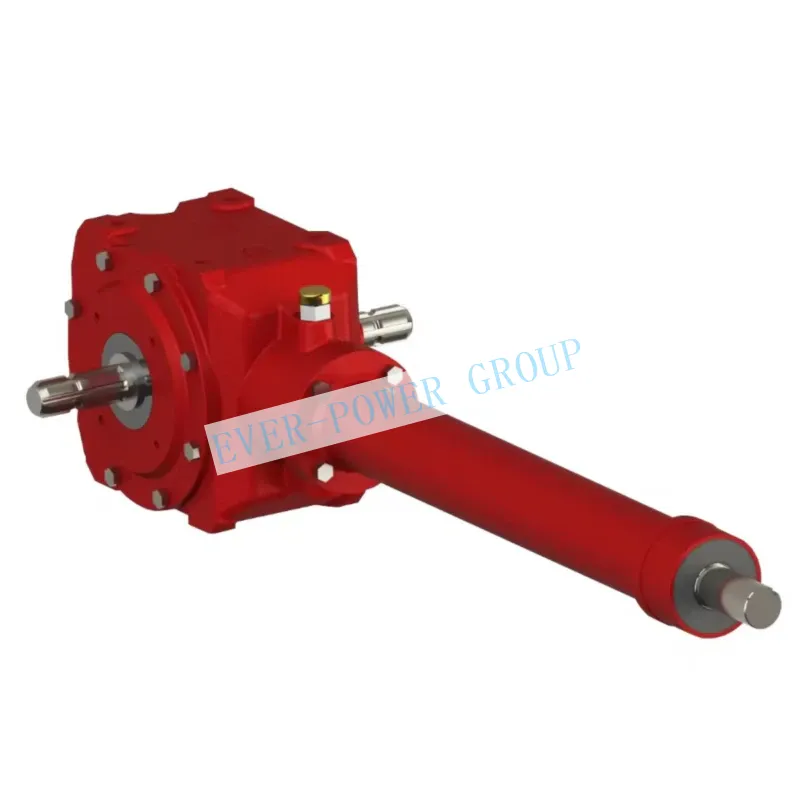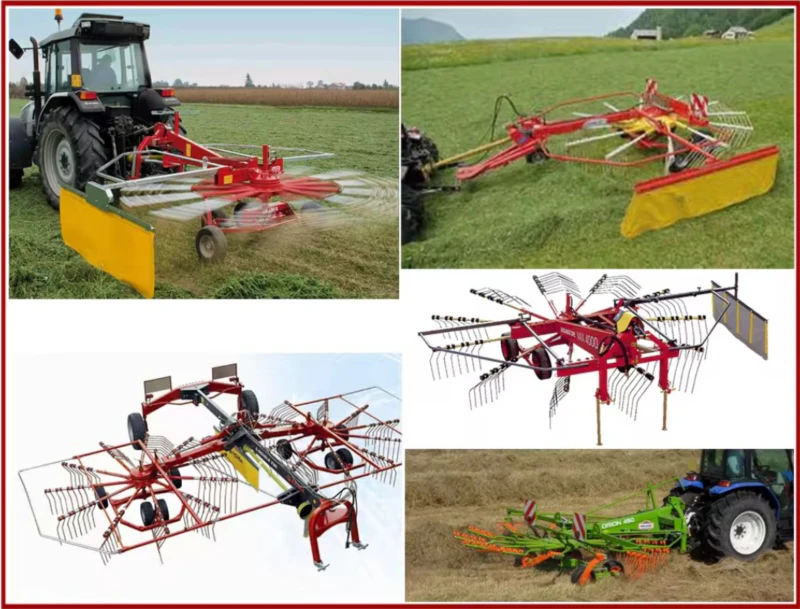Agricultural Gearbox Performance Metrics

Introduction
An agricultural gearbox is a crucial component in agricultural machinery, enabling the efficient transfer of power from the engine to various equipment such as tillers, mowers, and greenhouse motors. To evaluate the performance of agricultural gearboxes, several important metrics are used to measure their effectiveness and durability.

1. Gear Ratio
The gear ratio is a fundamental metric that determines the speed and torque output of an agricultural gearbox. It represents the ratio of the number of teeth on the driving gear to the number of teeth on the driven gear. A higher gear ratio provides increased torque output but reduces the rotational speed, while a lower gear ratio offers higher speed but lower torque.
2. Efficiency
Efficiency is a crucial performance metric for agricultural gearboxes. It measures the gearbox’s ability to transmit power without significant losses. The higher the efficiency, the less energy is wasted, resulting in improved overall performance and reduced fuel consumption. Factors such as gear and bearing design, lubrication, and manufacturing precision affect the efficiency of agricultural gearboxes.
3. Load Capacity
The load capacity of an agricultural gearbox refers to its ability to handle the maximum load without failure or excessive wear. It is determined by factors such as gear material, heat treatment, and overall gearbox design. Gearboxes with higher load capacities can withstand heavy-duty operations and provide reliable performance even under demanding conditions.
4. Noise and Vibration
Noise and vibration levels are important metrics to consider in agricultural gearboxes. Excessive noise and vibration can indicate misalignment, gear meshing issues, or inadequate lubrication. Well-designed gearboxes with precise gear meshing and efficient vibration dampening mechanisms can significantly reduce noise and vibration, providing a smoother and quieter operation.
5. Service Life
The service life of an agricultural gearbox measures its longevity and durability under normal operating conditions. It depends on factors such as gear material quality, heat treatment, lubrication, and maintenance. Gearboxes with longer service lives offer greater reliability, reducing the need for frequent replacements and minimizing downtime.
6. Sealing and Protection
Sealing and protection mechanisms are essential for agricultural gearboxes to prevent dust, moisture, and other contaminants from entering and causing damage. Effective sealing methods, such as labyrinth seals or rubber gaskets, ensure the gearbox’s internal components remain well-protected, enhancing its lifespan and overall performance.
7. Temperature Management
Temperature management is crucial to ensure optimal performance and prevent overheating in agricultural gearboxes. Adequate cooling mechanisms, such as cooling fins and ventilation systems, help dissipate heat generated during operation. Maintaining proper operating temperatures ensures the gearbox operates efficiently and extends its lifespan.
8. Gearbox Weight
The weight of an agricultural gearbox is an important consideration, especially for mobile agricultural equipment. Lightweight gearboxes reduce the overall weight of the machinery, improving fuel efficiency and maneuverability. However, the gearbox’s weight should not compromise its structural integrity and load capacity.
9. Environmental Impact
Reducing the environmental impact of agricultural operations is becoming increasingly important. Gearboxes with eco-friendly features, such as low noise levels, energy-efficient designs, and recyclable materials, contribute to sustainable farming practices. By choosing gearboxes with a minimal environmental footprint, farmers can meet regulatory requirements and promote environmental stewardship.

Q&A
Q: What maintenance practices can prolong the service life of agricultural gearboxes?
A: Regular lubrication, proper alignment, and routine inspections are essential maintenance practices to enhance the service life of agricultural gearboxes. Following the manufacturer’s recommended maintenance schedule and promptly addressing any issues can prevent premature failure and ensure optimal gearbox performance.
Q: How can I identify if an agricultural gearbox has a high load capacity?
A: The load capacity of an agricultural gearbox is typically specified by the manufacturer. It is important to consult the gearbox’s technical documentation or contact the manufacturer directly to determine its load capacity. Additionally, considering factors such as gear material and construction can provide insights into the gearbox’s load-handling capabilities.
Q: Can agricultural gearboxes be customized to meet specific requirements?
A: Yes, many gearbox manufacturers offer customization services to meet specific agricultural machinery requirements. Customers can provide their design specifications or collaborate with the manufacturer’s engineering team to develop tailored gearboxes that address their unique needs.
Company Introduction
Our company is a leading player in the Chinese gearbox market. We specialize in manufacturing a wide range of high-quality agricultural gearboxes, mower gearboxes, replacement comer gearboxes, tiller gearboxes, greenhouse motors, and more. With 300 sets of state-of-the-art CNC production equipment and automated assembly facilities, we ensure the production of top-notch gearboxes.
We take pride in offering premium products, competitive prices, and excellent customer service. Customization options are available for customers, and we welcome inquiries for bespoke gearbox solutions. Choose our company for reliable agricultural gearboxes that meet your specific requirements.